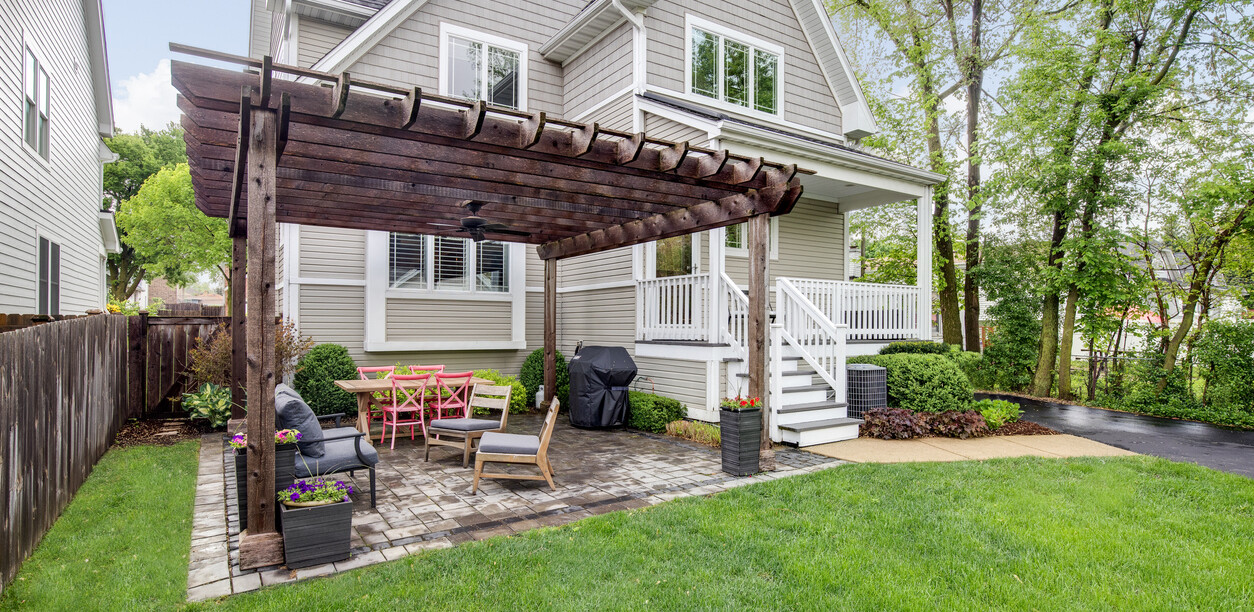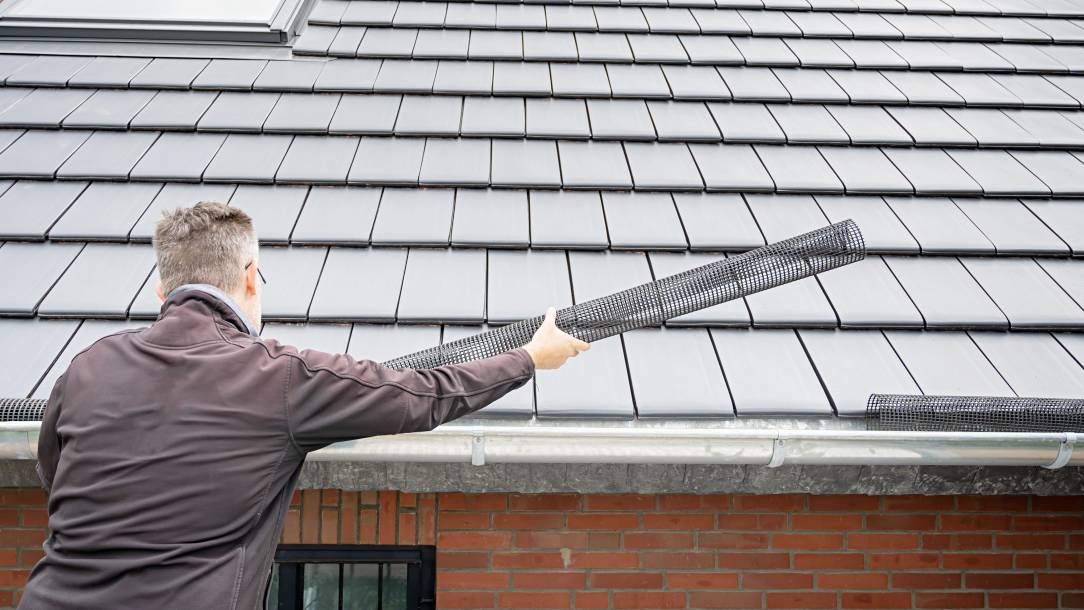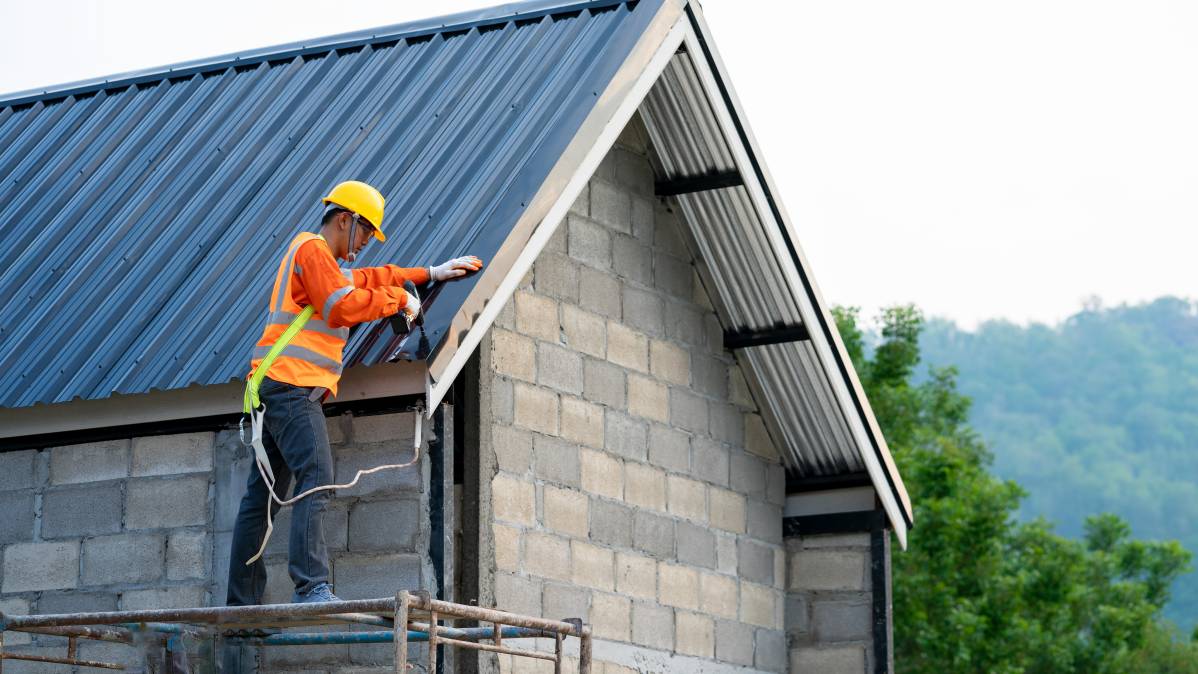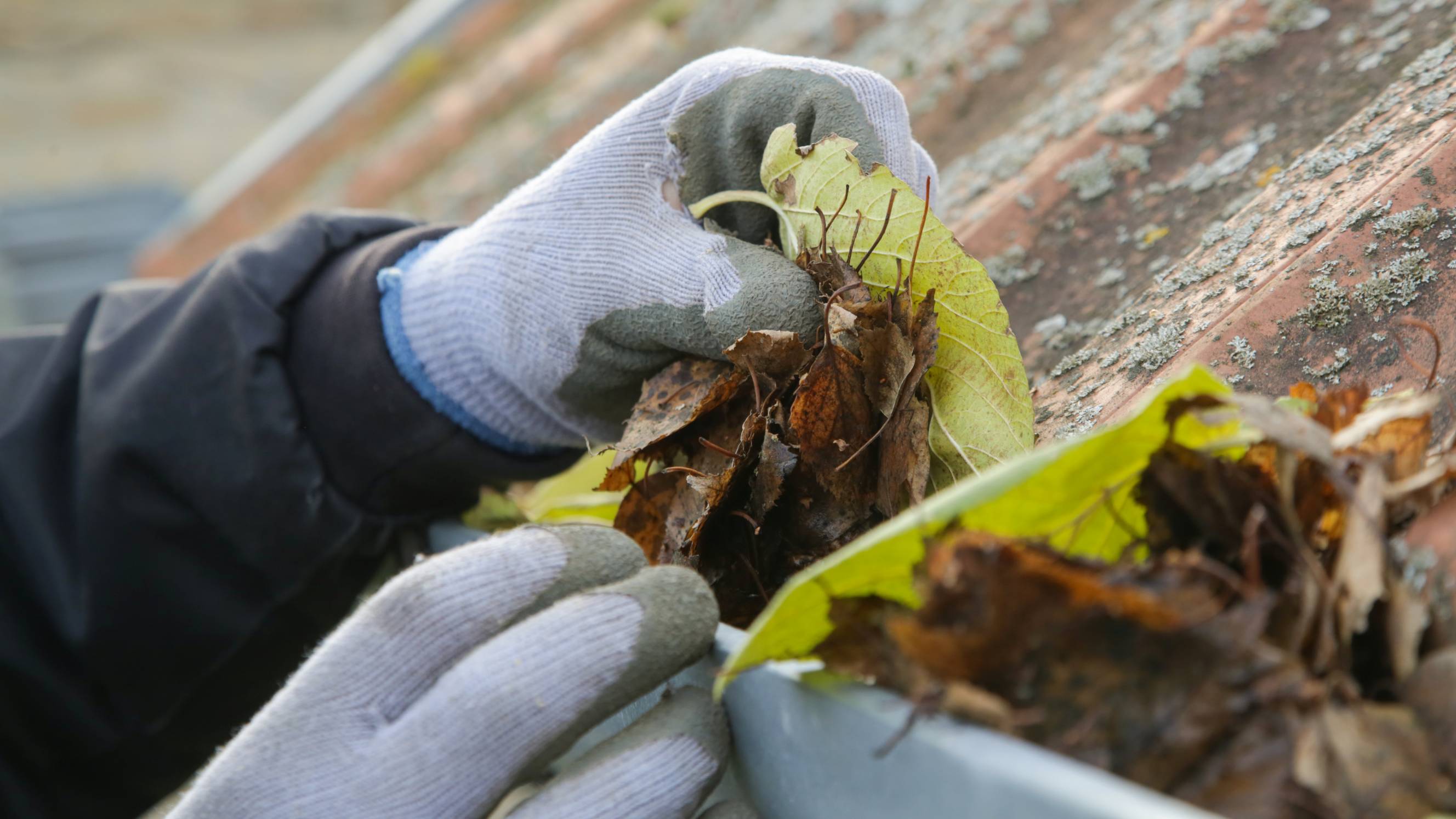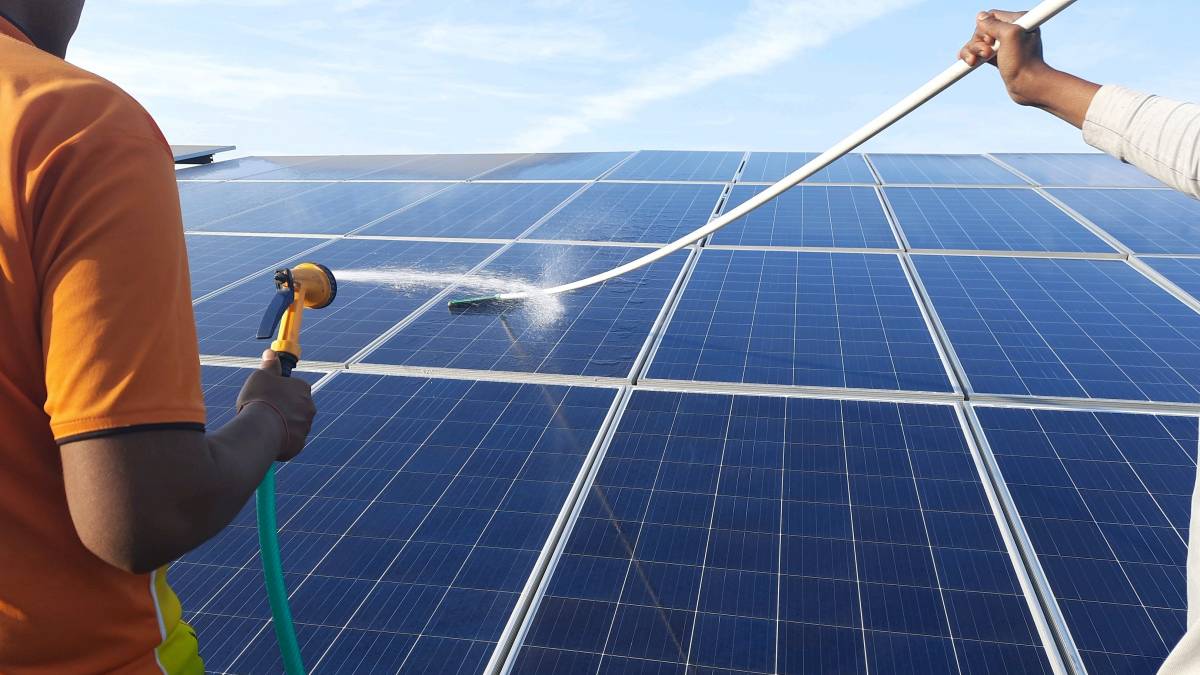- Home/
- Comparisons/
- Roofing/
- Colorbond vs Tile Roofs
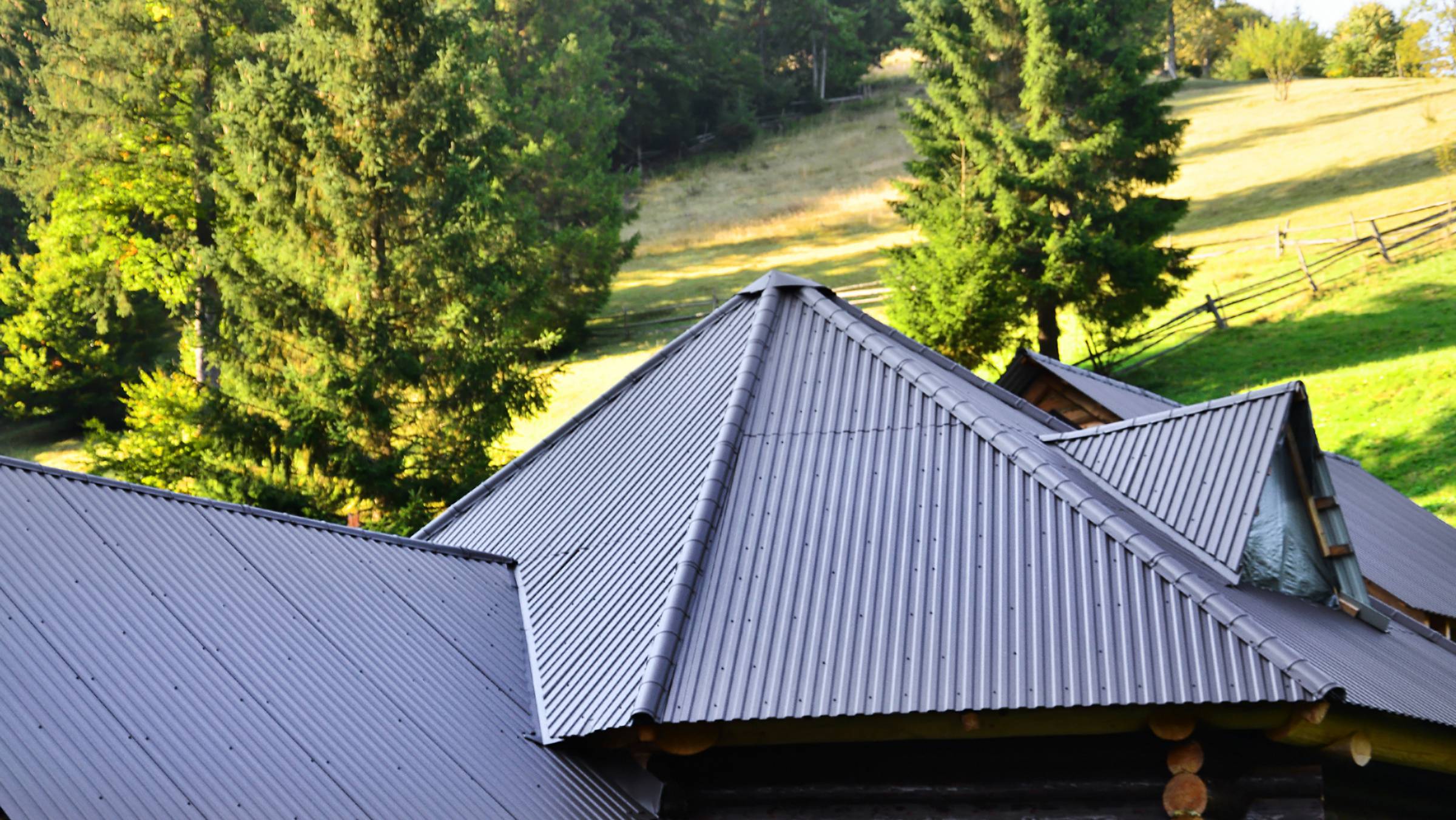
Colorbond vs tile roofing: Which is better for your home?
Comparing Colorbond and tile roofing based on cost, appearance, and more
Hire a roofing expertLast Updated on
Key Facts
- Colorbond roofing is a pre-painted steel roof well-known for its longevity, ease of maintenance, and colour options. Designed for harsh Australian weather conditions, it can resist rust, corrosion, termites, and even fire.
- Tile roofing is slate, composite, concrete, or terracotta materials valued for its affordability, good thermal insulation, and acoustics.
With the right choice of roofing materials, you get more than protection above your head. You will have a roofing solution that matches your preference, increases your property’s value, and lasts for a long time.
But what options do you have? This article compares two: Colorbond vs tile roofs. In particular, it defines Colorbond materials and tiled roofs and then battles both in different categories. For example, which has exceptional thermal insulation? What requires regular maintenance? And how do both fare in terms of acoustic performance? Which is cheaper and offers a better resale value?
Plus, this tile vs Colorbond roof guide shares tips on choosing a professional roofing contractor in your area (because roofing is not ideal for a DIY project). Stop second-guessing whether to get tiled roofs or Colorbond roofing. Read below and pick smart.
What is Colorbond roofing?
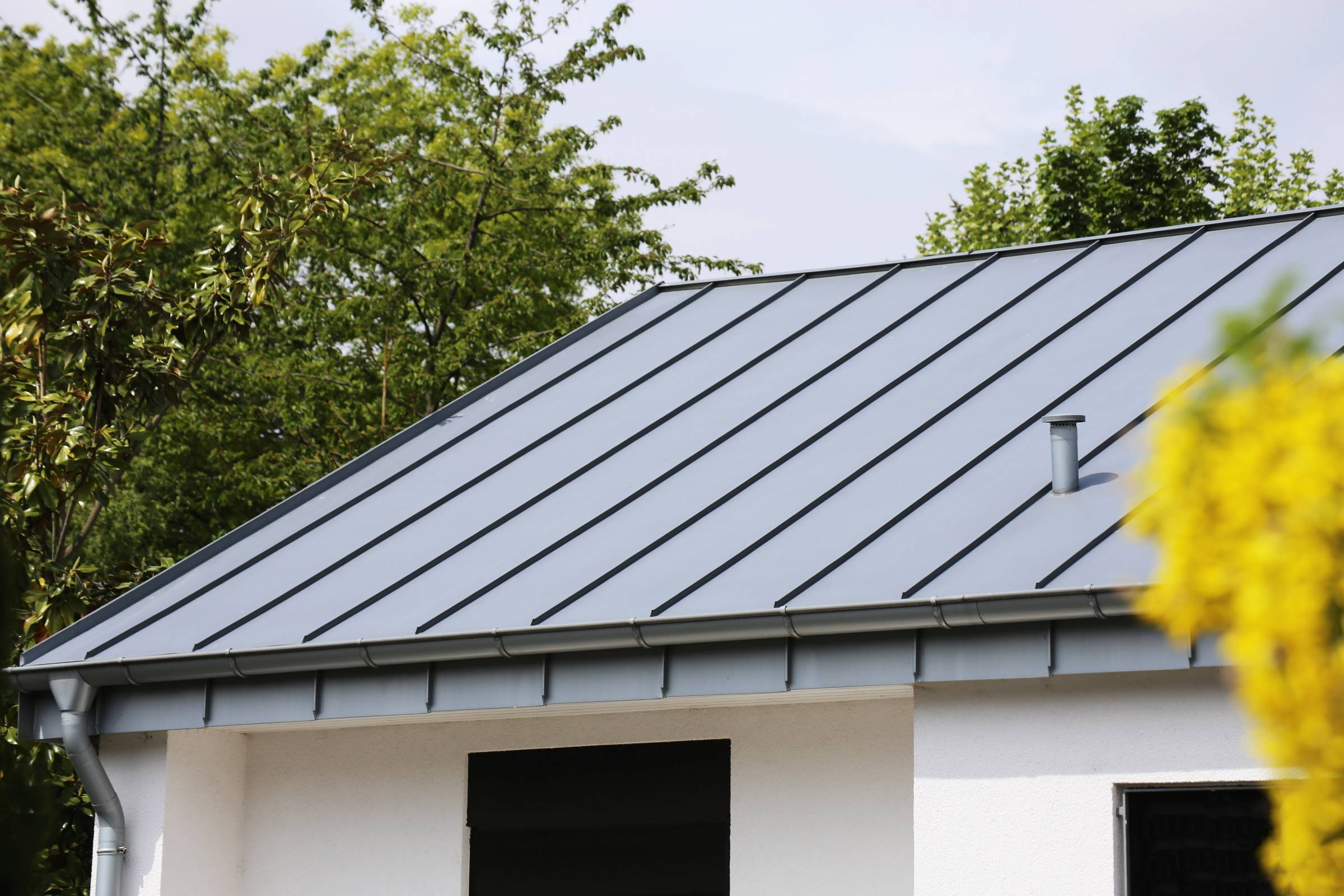 Before we deep-dive into our Colorbond vs tile roof guide, let’s define both. What is Colorbond roofing?
Before we deep-dive into our Colorbond vs tile roof guide, let’s define both. What is Colorbond roofing?
Colorbond is a trademark for a type of specially coated steel roofing material. Manufactured by BlueScope Steel in Australia, it goes through a multi-step process:
The company produces the steel from any of its facilities, such as the one in Port Kembla in Illawarra. The steel may be rolled coil, flat, or slab.
The Colorbond steel sheets are then coated with layers of zinc and aluminium to make them resistant to rust or corrosion.
The Colorbond roofs then receive colour through a coating of paint, which the manufacturer developed with the Commonwealth Scientific and Industrial Research Organisation (CSIRO).
The facility then bakes the steel at high temperatures to strengthen the material and ensure the colour adheres well to the roofing material.
Using machinery, the plant forms the Colorbond roofing materials according to the desired look and size.
What is tile roofing?
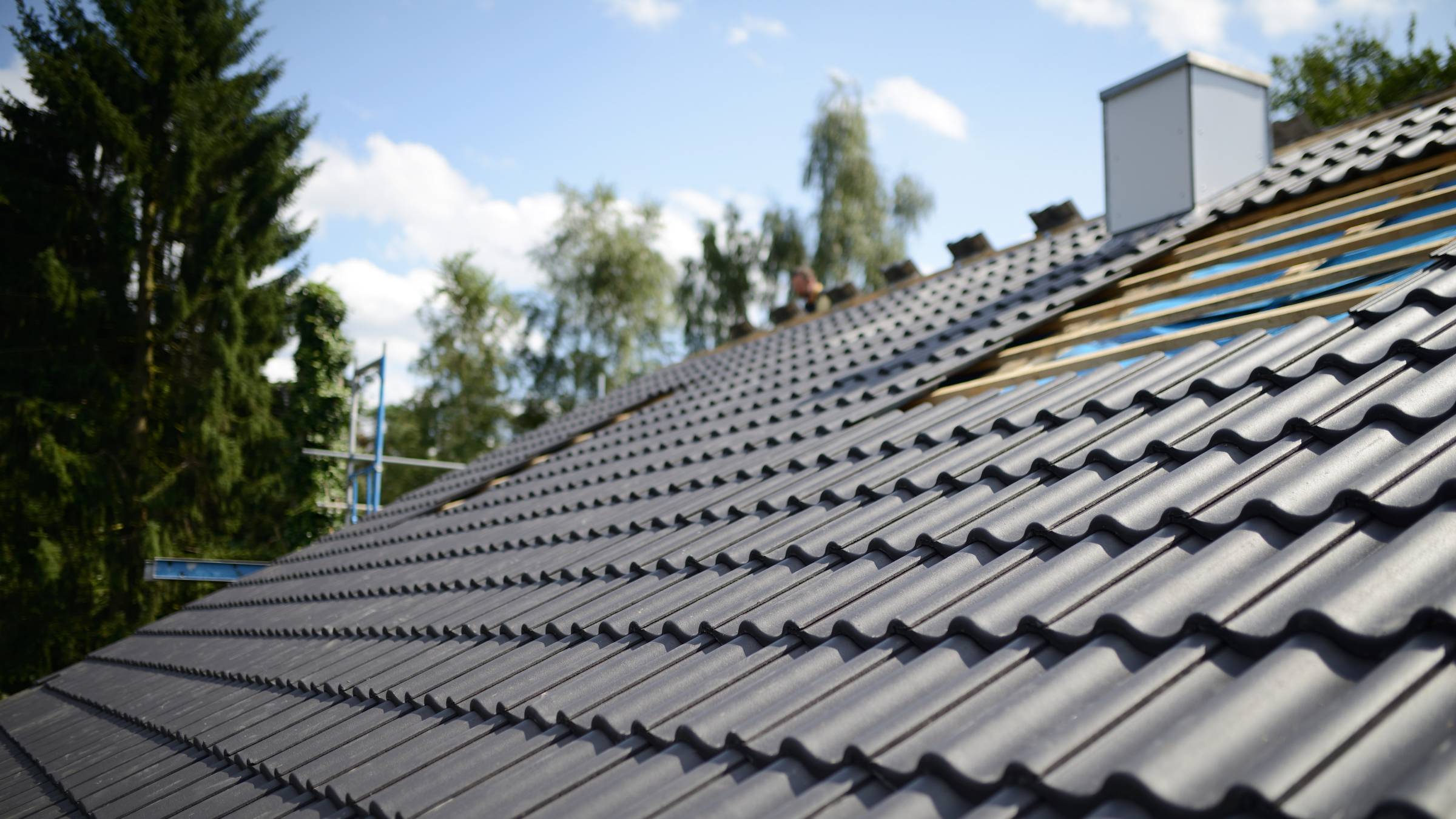 Meanwhile, a tiled roof uses different roofing materials shaped like individual tiles. The most popular are clay (or terracotta) and concrete. Another is solar panels. These are laid in an overlapping pattern to create a protective and visually appealing covering for buildings.
Meanwhile, a tiled roof uses different roofing materials shaped like individual tiles. The most popular are clay (or terracotta) and concrete. Another is solar panels. These are laid in an overlapping pattern to create a protective and visually appealing covering for buildings.
Colorbond roof vs tiles: Which is better for your needs?
Roofing materials come in various shapes, sizes, strengths, and weaknesses. They can only be bad if you make a poor choice. To avoid costly roof repairs, know the characteristics of Colorbond or tile roofs below.
In terms of cost
When it comes to Colorbond roof vs tiles cost, you can consider the following:
Price of the roofing material
Remodelling or installation costs
Resale value
Of the different tiled-roof options, concrete is the cheapest. You can buy them for less than $3 per square metre. Terracotta tiles are slightly more expensive, with starting prices of nearly $4.
For installation or remodelling costs, expect to pay no more than $70 maximum for concrete roof tiles and at least $80 for terracotta tiles per square metre. With the average roofing cost in Australia reaching over $150 per square metre, these types of tiles are the best pick for anyone on a shoestring budget.
Solar tiles, though, are in a different league. Because of the technology and installation complexity, you could spend around $550 per square metre. If you want to save, combine them with non-solar tiles or take advantage of incentives and rebates.
How about Colorbond roofing? Colorbond roofs start at almost $20 per sheet, making them way pricier than any of the tile-roofing choices. Installation, repair, or remodel could set you back for about $50 an hour. However, Colorbond roofing materials are more likely to have a significantly higher resale value than roof tiles because of low maintenance and durability.
In terms of appearance
A tile roof can be:
Clay tiles, which are made from natural clay shaped and then fired in a kiln to harden them. They feature different styles and shapes. These include the traditional barrel or s-shaped, flat, and interlocking.
Concrete tiles, which are a blend of cement, sand, and water, then moulded into various shapes and sizes.
Although they are distinctly different, they both exude a classic and timeless charm. This is especially true with clay or terracotta tile roofing. Its earthy tones, ranging from reds to browns and oranges, make it fit traditional, Mediterranean, or Spanish-style architecture.
A Colorbond roof is best for modern or industrial residential properties because its shades are more contemporary and vibrant. It is also popular for its extensive colour choices, two of which are Woodland Grey and Monument. Because your options are vast, you can surely find one that complements your design vision.
Furthermore, because the Colorbond steel roof is pre-painted, the colour appears more consistent, enhancing the overall visual appeal of your home.
In terms of soundproofing
We can also compare Colorbond roofs vs concrete tiles based on their acoustic performance. After all, the last thing we want to deal with at home is noise in the middle of the night.
This is where roof tiles shine. Unlike metal roofing, such as Colorbond roofs, clay or concrete tile roofing is significantly quieter. Because of the way the tiles are laid out, which have layers underneath, the system can dampen external noise, such as rain.
This does not mean that Colorbond roofing is a source of major headaches for light sleepers. If you are a pluviophile, you might appreciate this more than tile roof materials. Also, the sound level it produces is not enough to damage your hearing.
Lastly, just because the concrete tile roof is more pleasant to the ears does not mean it cannot be loud. Any poorly installed roof can create uncomfortable, annoying sounds, especially when exposed to high winds, hail, and excessive rain.
For this reason, if your Colorbond or roof tiles are making more frequent noises, investigate the problem and fix it ASAP.
In terms of durability/longevity
Because roofs are not cheap, you want to make them last as long as possible before you repair or install a new one. In this case, the Colorbond roof, which can last up to 70 years, wins.
The sturdy and smooth surface of metal roofs makes Colorbond a low-maintenance roofing option. It minimises debris accumulation, making it easier to clean and maintain over the years. Usually, it requires only regular washing with water and hosing down hard-to-reach areas every six months.
Pre-painting the colours and subjecting the steel to high temperatures ensure that the metal roof is resistant to weathering, cracking, warping, or fading.
Compared to a tile roof, Colorbond metal roofing can withstand high winds, shed rain easily, and resist damage from harsh weather conditions Australia is known for.
The Colorbond roof is also termite-resistant when properly sealed. The likes of concrete tiles can leave gaps when cracked.
Unlike metal roofs, though, traditional roofing tiles are fire-resistant. When properly cared for, their service life also reaches at least 50 years.
In terms of eco-friendliness
You can evaluate Colorbond vs tile roofs according to eco-friendliness, specifically sustainability and energy efficiency.
Either a Colorbond or roof tile is environmentally friendly in terms of recyclability or reusability. The former slightly has an edge, being one of the most recycled materials in the world. The roof is also lightweight, reducing the load on the structure and potentially offering energy savings during transportation and installation.
Sustainability can vary based on the type of tiles used. Clay is an abundant and renewable resource. Concrete tile roofs are manufactured using a mix of cement, sand, and water, which requires energy-intensive processes. However, they can be recycled and used as aggregates in road construction.
They differ significantly in thermal insulation and solar reflectance index (SRI), or the ability of the material to reflect the sun’s heat into the atmosphere. Tiled roofs offer better thermal mass, especially clay tile roofs. The air pockets in between act as a natural insulator. Tile roofs then help regulate indoor temperatures and reduce the need for excessive heating or cooling. Colorbond can be just as energy-efficient as other metal roofs with proper insulation.
As for SRI, the general principle is the higher the number, the better it is at reflecting sunlight and keeping the temperature cool. And the darker the colour, the lower the SRI. A concrete tile roof can have a value between 86 and 100.
With Colorbond, SRI can vary widely based on colour. Monument, for example, only scores 19 because of its being black. The Coolmax hits around 77 because it is one of the whitest options of the brand.
Improve or replace your roofing with Airtasker
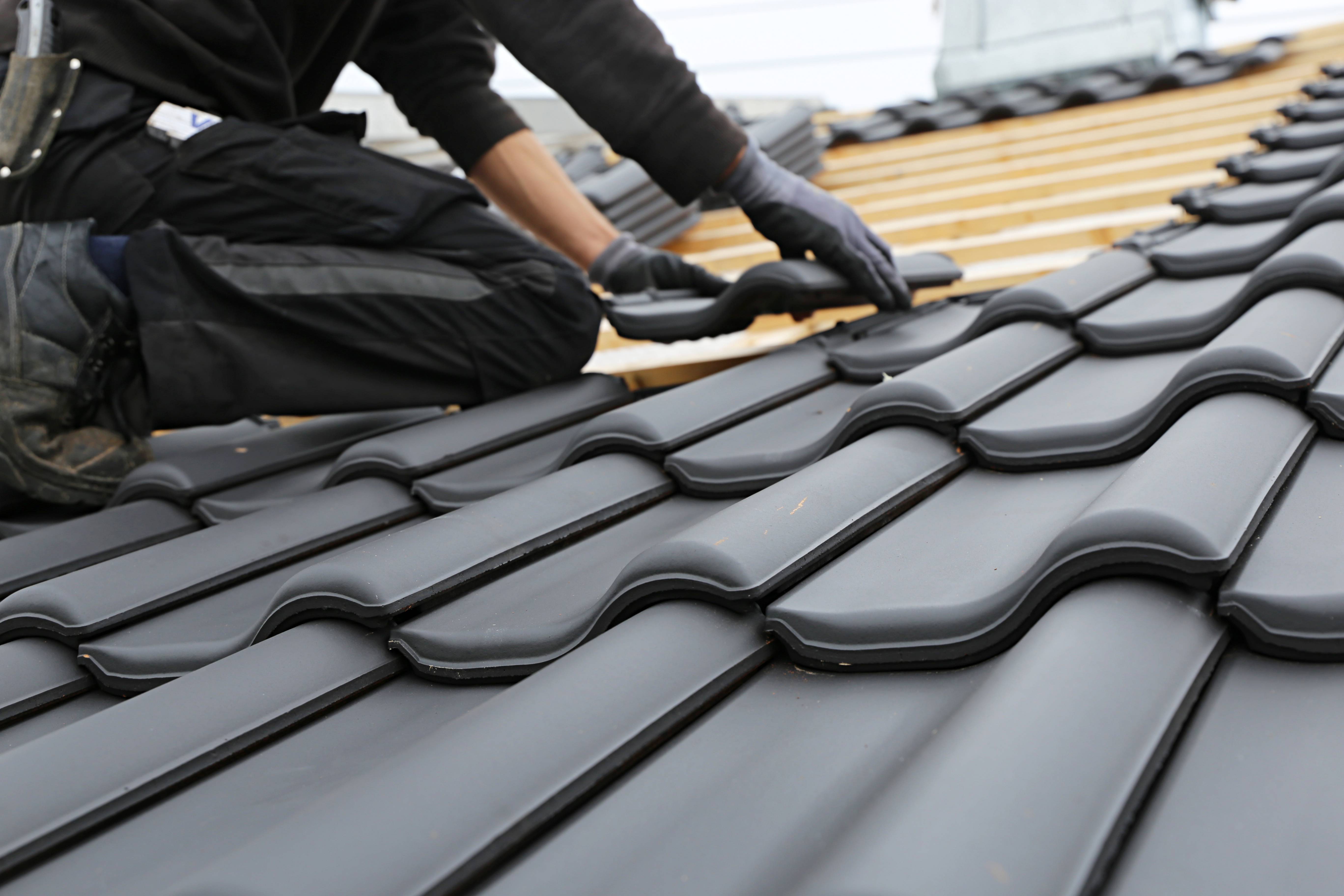 By now, you probably have a better idea of whether to choose Colorbond roofing or a tile roof. Regardless of your pick, avoid DIYing the process. It is unsafe, challenging, and even costly when you make mistakes. Instead, consider finding a professional roofing contractor for the job with Airtasker.
By now, you probably have a better idea of whether to choose Colorbond roofing or a tile roof. Regardless of your pick, avoid DIYing the process. It is unsafe, challenging, and even costly when you make mistakes. Instead, consider finding a professional roofing contractor for the job with Airtasker.
You can choose from a diverse pool of roofing experts offering comprehensive services and budget flexibility. To start, create a task in only three steps:
- Sign up on the website for free.
- Post a task. Provide essential information, such as the services you need, the type of roof you like, as well as your budget and timeline.
- Wait for feedback from roofers or reach out to them directly using the site’s extensive database.
With a user-friendly interface, transparent communication, and a huge roofing community, Airtasker is the ideal platform to get help for installation, remodelling, or repair projects. Do you want to collaborate with your roofer effectively? Here is a recap of roof tiles vs Colorbond:
Colorbond vs tile roofs
|
Colorbond Roof |
Tile Roof |
|
|---|---|---|
|
Cost |
Costlier but easier and cheaper to maintain |
Affordable upfront, costing no more than $60 an hour for installation |
| Appearance | Available in many colours, ideal for contemporary homes, and has a smooth consistent shade |
More fitting for traditional homes and comes in greys or shades of red and orange |
|
Soundproofing |
Can be noisier than a tile roof |
Quieter since its layout cushions the sound |
|
Durability |
Can last up to 70 years and is designed for Australia’s tough weather conditions |
Can last up to 50 years and is fire-resistant but prone to breaking |
|
Eco-friendliness |
Recyclable or reusable and keeps the home cool by improving energy efficiency |
Has a good thermal mass and SRI and is sustainable like Colorbond |
FAQs on Colorbond and tile roofing
Yes, it is possible to put Colorbond over a tile roof. In some cases, it helps improve thermal properties and security against illegal entry and hailstorms. However, consult a professional roofing contractor to ensure that your home’s structure can support the additional weight and that the installation complies with local regulations.
Both Colorbond and tile roofs offer fire-resistant properties, with concrete and clay tile roofs having the highest possible fire-resistant rating (class A). Colorbond roofing is also highly fire-resistant and can be used in bushfire-prone areas.
Colorbond has over 20 core colours, some of which are under the premium matte finish category. Examples are Shale Grey, Basalt, Monument, Woodland Grey, Surfmist, Evening Haze, Dune, and Wallaby.
A tiled roof has many styles. Two of the most popular are clay and concrete. Others are slate, solar panel, and composite.
Find roofers, fast
Post a task
Related articles
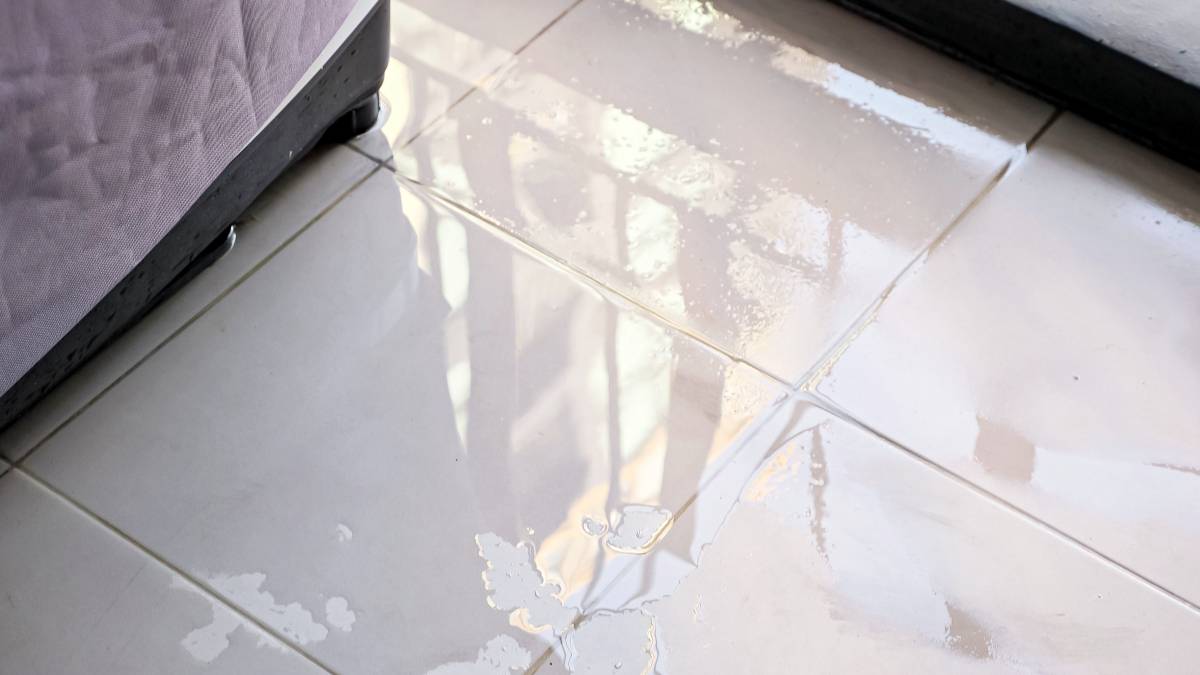
How to prepare for a flood
Read more
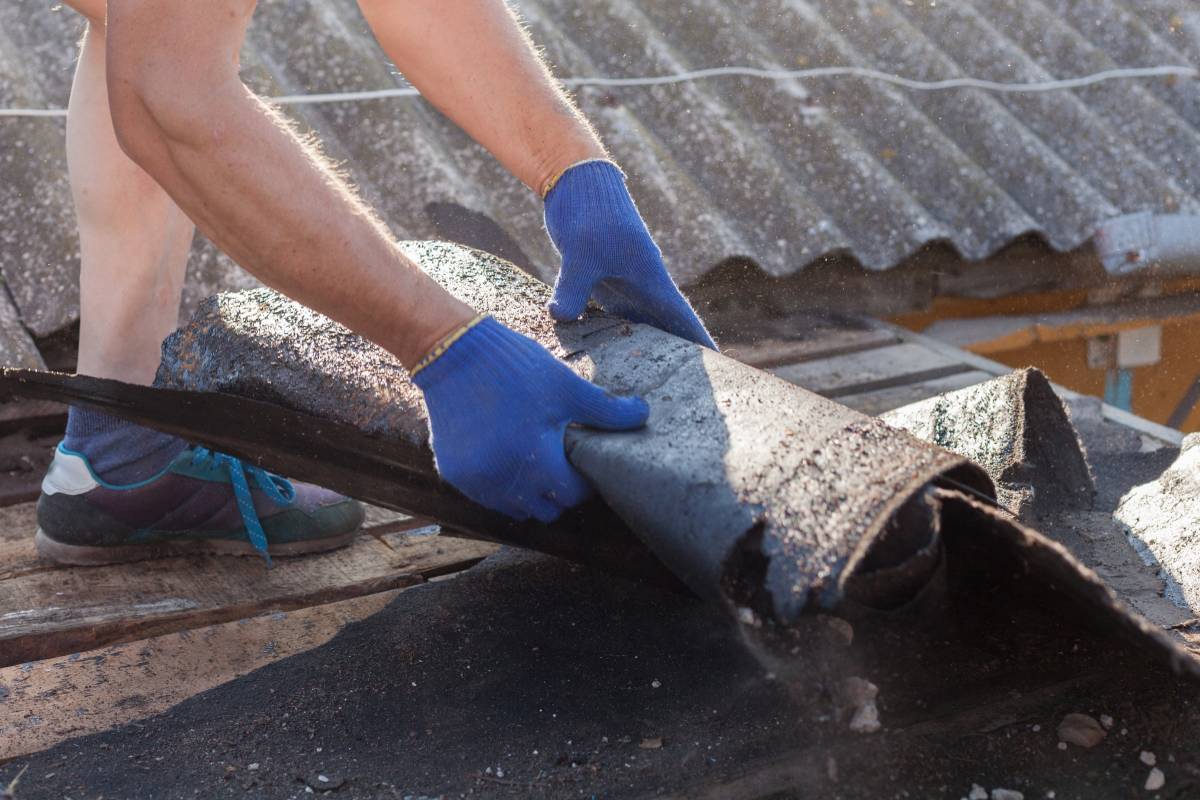
How to fix a leaking roof
Read more
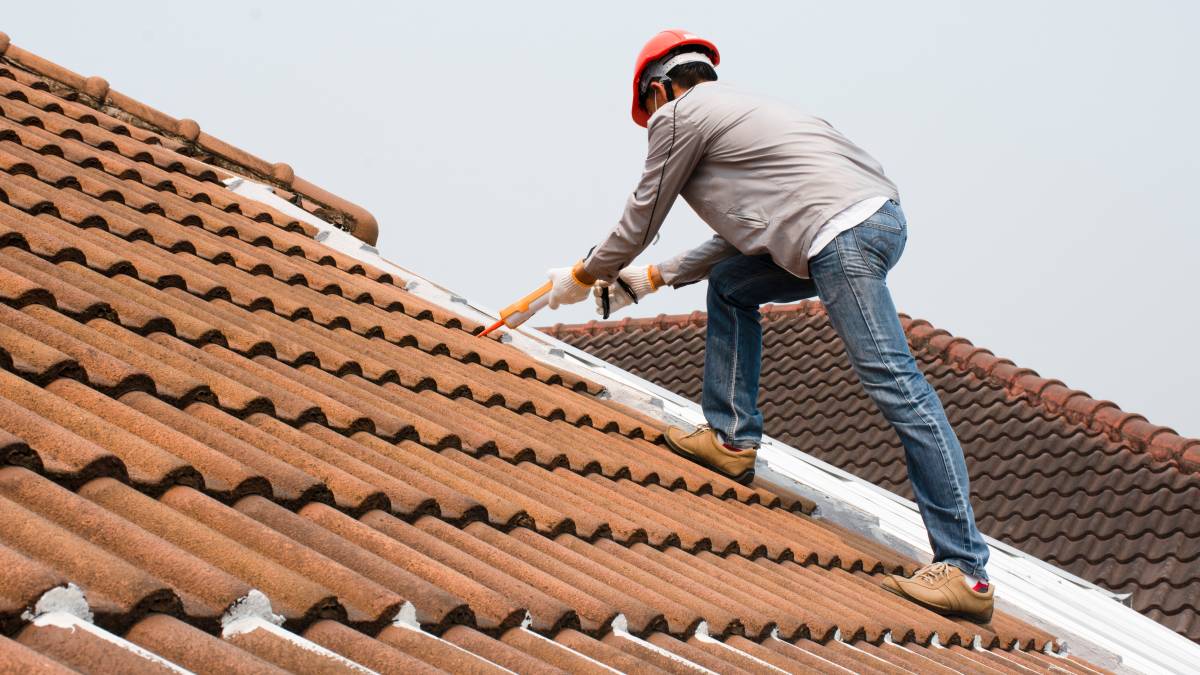
How to fix your roof tiles
Read more
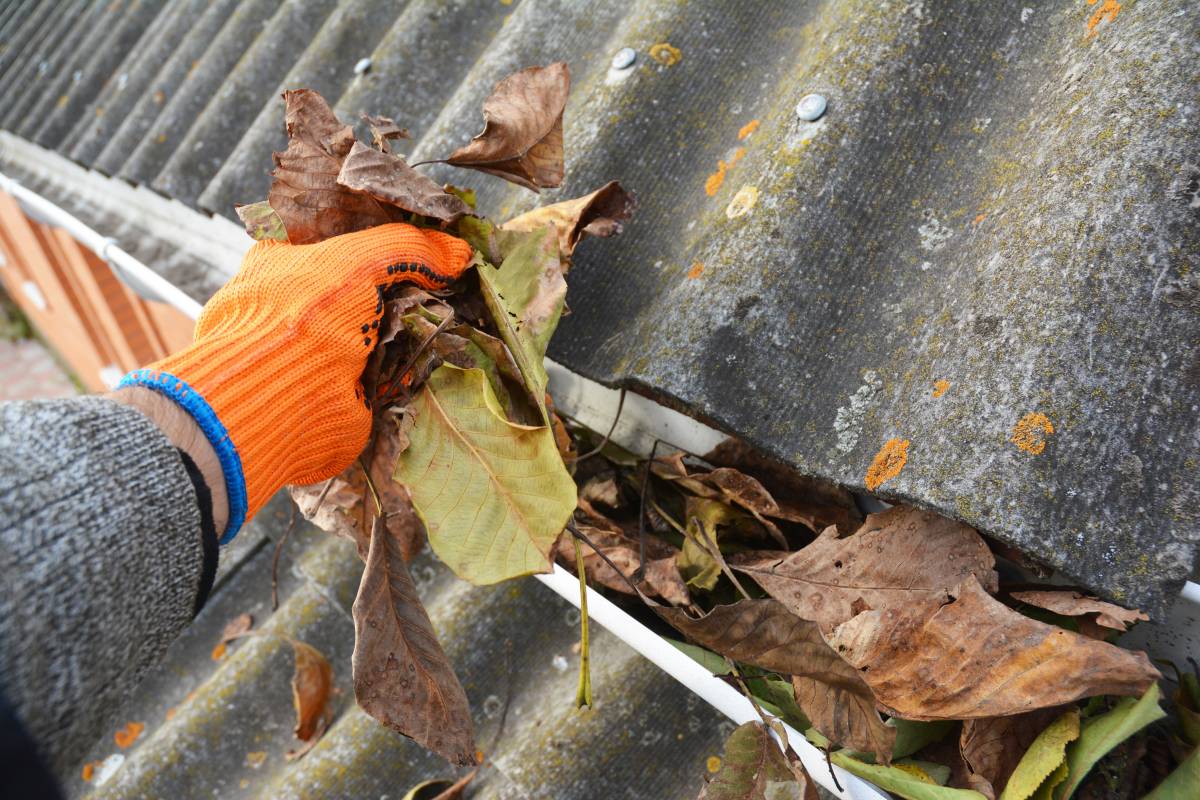
How to clean your gutters
Read more
Related price guides

How much does a gutter repair cost?
Read more
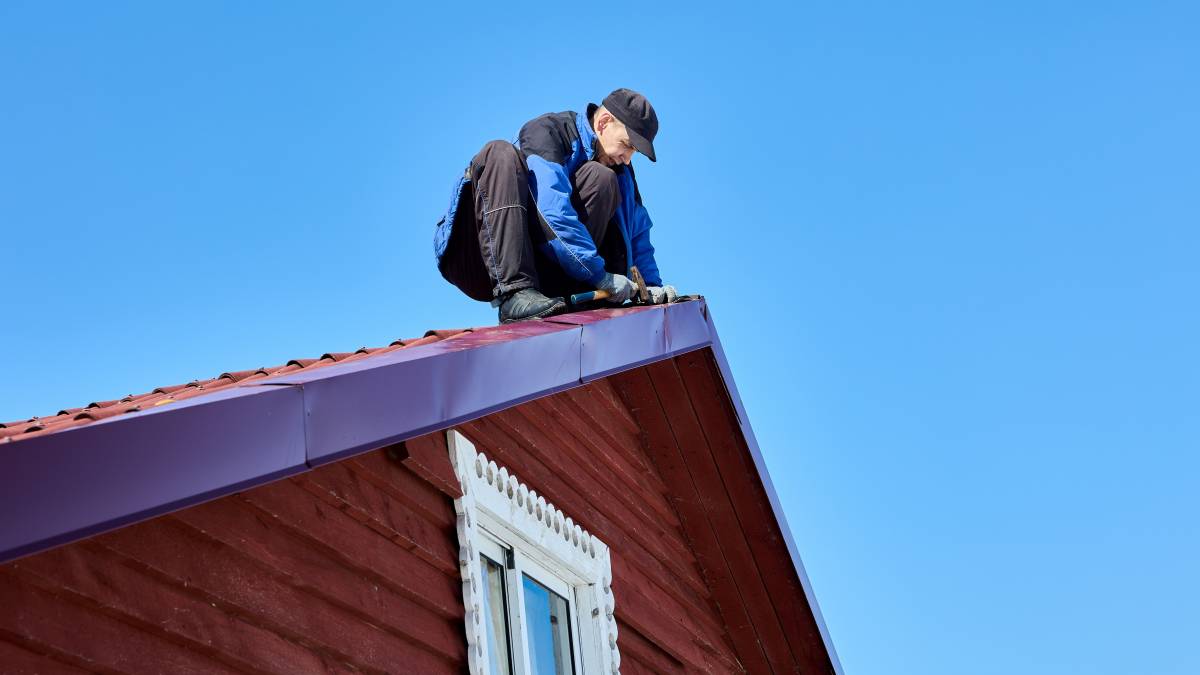
How much does roof repair cost?
Read more
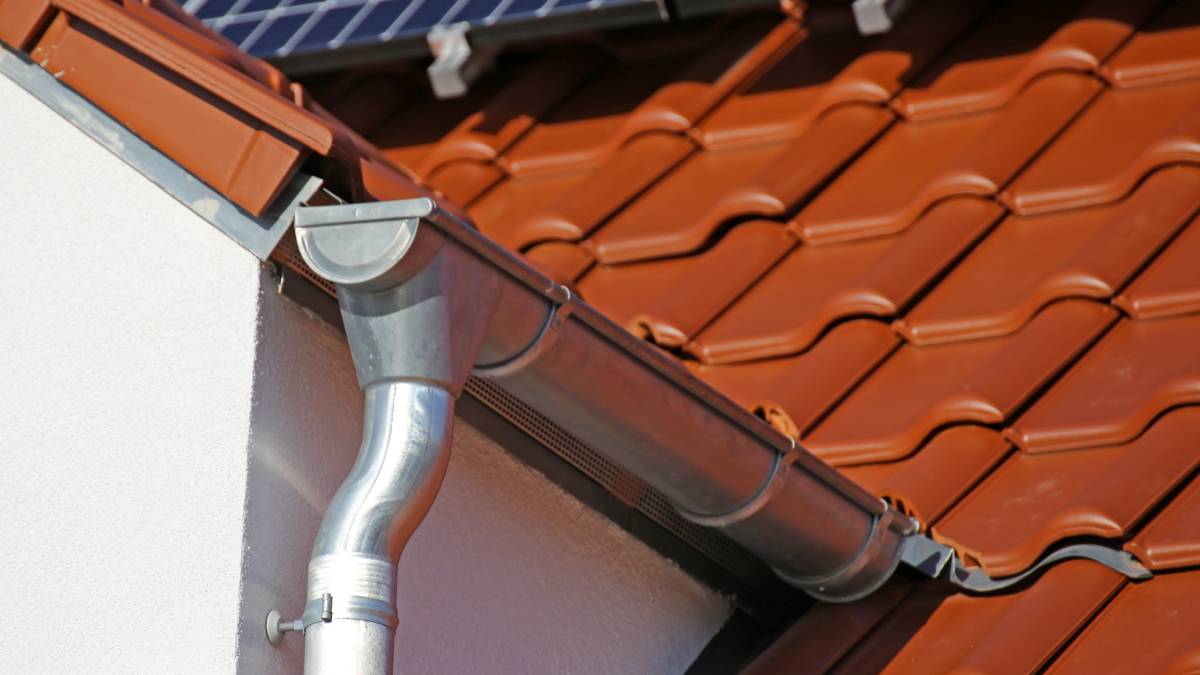
How much does roof plumbing cost?
Read more

How much does a chimney sweep cost?
Read more
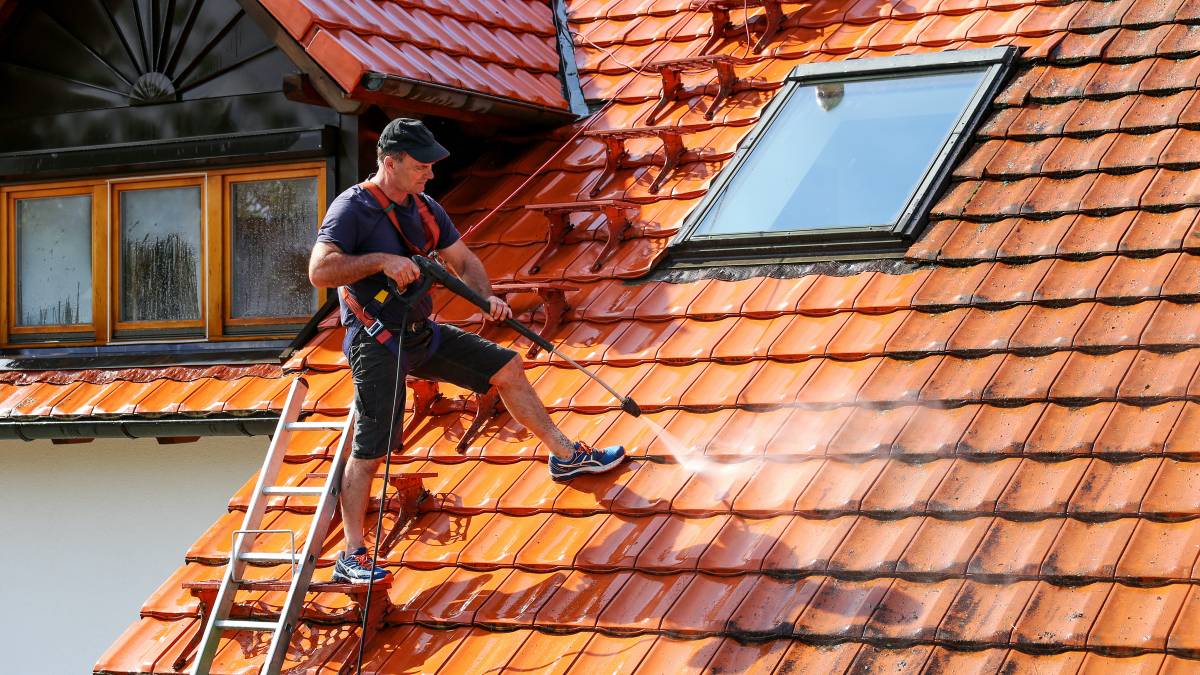
How much does roof cleaning cost?
Read more
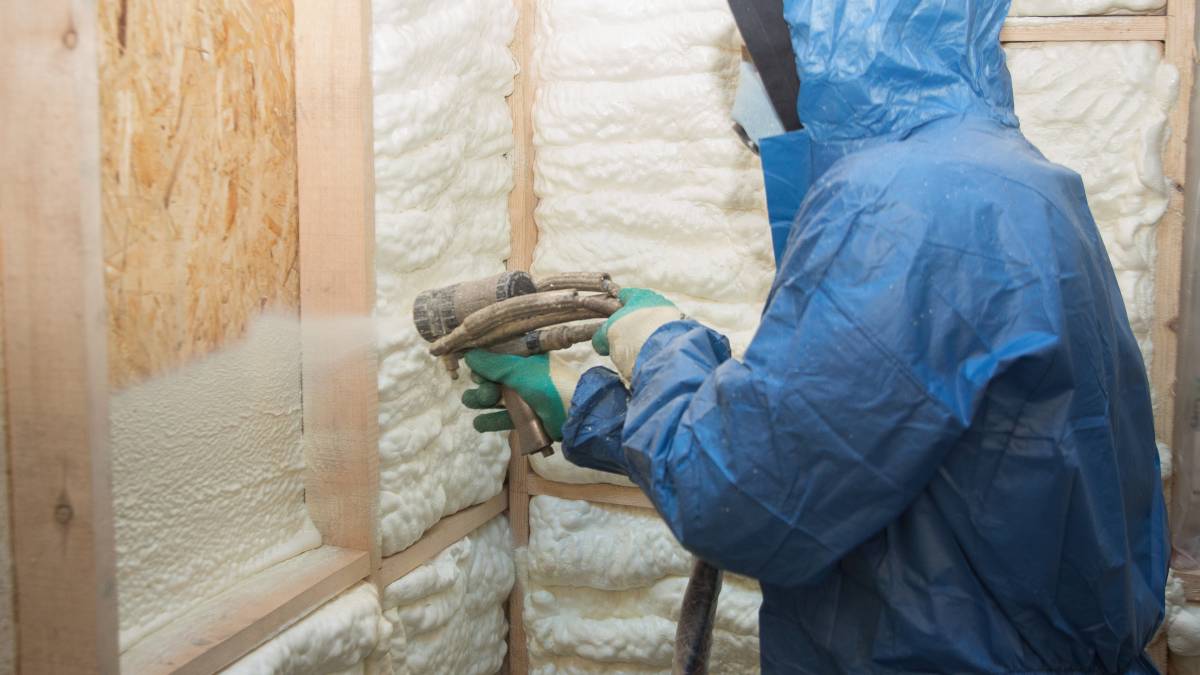
How much does insulation cost?
Read more


